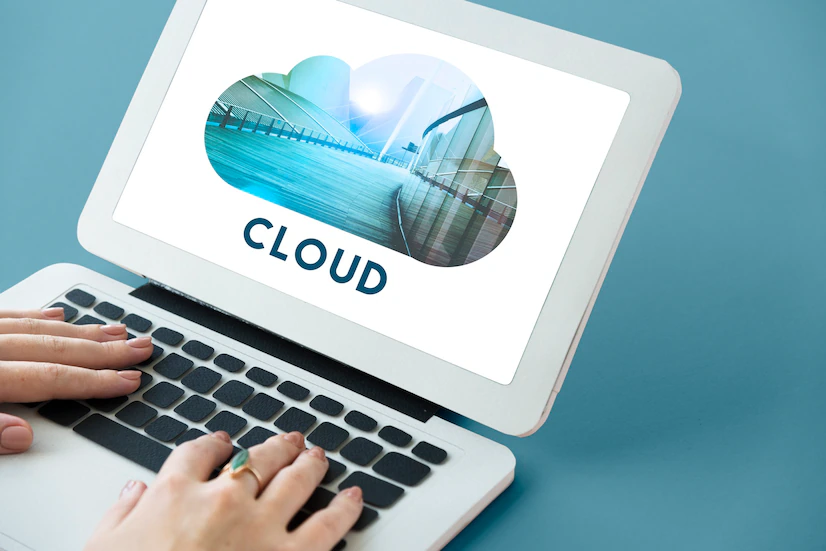A Guide To Managing The Cost Of Google Cloud Platform

Google Cloud Platform (GCP) provides a powerful and scalable infrastructure for businesses to run their applications and services. However, as with any cloud platform, it’s essential to manage costs effectively to ensure optimal utilization of resources and avoid unexpected expenses.
In this post, we will explore a comprehensive guide to managing the cost of the Google Cloud Platform.
We will discuss strategies, best practices, and tools that can help organizations optimize their cloud spending while maintaining performance and scalability.
Plan And Forecast
Effective cost management starts with careful planning and forecasting. Consider the following practices:
- Understand Pricing Models: Familiarize yourself with GCP’s pricing models, including compute, storage, network, and data transfer costs. Understand the factors that can impact costs, such as instance types, storage classes, and region selection.
- Resource Sizing: Right-size your resources by selecting the appropriate instance types, storage options, and networking configurations based on your workload requirements. Avoid overprovisioning or underutilization of resources.
- Usage Patterns: Analyze historical usage patterns to forecast future resource requirements accurately. Consider peak usage times, seasonal variations, and anticipated growth to allocate resources effectively.
- Budgeting: Set budgets and allocate spending limits to control costs. Use GCP’s Budgets and Alerts feature to receive notifications when spending exceeds predefined thresholds.
Monitor And Optimize
Continuous monitoring and optimization are crucial to keep cloud costs in check. Follow these practices:
- Cost Monitoring: Utilize GCP’s cost management tools, such as Cloud Billing reports and Cost Explorer, to monitor resource utilization and track spending. Identify cost drivers and areas of high expenditure.
- Resource Tagging: Implement resource tagging to categorize and track costs by project, department, or application. This enables better cost allocation and accountability.
- Reserved Instances: Take advantage of GCP’s Reserved Instances to commit to a certain usage level in exchange for lower prices. Identify long-term, stable workloads that can benefit from reservation pricing.
- Auto Scaling: Implement auto-scaling policies to automatically adjust resources based on demand. This ensures efficient resource allocation and avoids overprovisioning during periods of low utilization.
- Storage Optimization: Optimize storage costs by utilizing appropriate storage classes, such as Nearline or Coldline, for infrequently accessed data. Implement data lifecycle management policies to automatically move data to cost-effective storage tiers.
Cost Allocation And Reporting
Proper cost allocation and reporting provide transparency and enable accountability within an organization. Consider these practices:
- Cost Allocation Tags: Utilize GCP’s cost allocation tags to attribute costs to specific projects, teams, or departments. This allows you to understand the cost distribution across different areas of your organization.
- Showback and Chargeback: Implement show back or chargeback mechanisms to communicate cost information to internal stakeholders. This promotes cost-conscious behavior and helps identify areas for optimization.
- Cost Reporting: Generate regular cost reports and share them with relevant stakeholders. Use GCP’s billing export feature to export cost data to external systems for further analysis and reporting.
Automation And Resource Optimization
Leverage automation and resource optimization techniques to achieve cost savings and operational efficiency:
- Infrastructure as Code: Embrace Infrastructure as Code (IaC) practices using tools like Terraform or Deployment Manager. This enables version-controlled infrastructure provisioning, reduces manual errors, and facilitates cost-effective resource management.
- Serverless Computing: Leverage serverless offerings like Cloud Functions or Cloud Run to pay only for the actual execution time. Serverless architectures eliminate the need for provisioning and managing infrastructure, leading to cost savings.
- Autoscaling and Load Balancing: Implement auto scaling policies and load balancing to dynamically adjust resources based on demand. This ensures optimal resource utilization and cost efficiency.
- Container Optimization: Use tools like Google Kubernetes Engine (GKE) to optimize containerized workloads. Implement resource limits, horizontal pod autoscaling, and pod density optimizations to maximize resource utilization.
- Spot Instances: Take advantage of GCP’s Preemptible VMs or committed use contracts to access discounted resources for non-critical or fault-tolerant workloads.
Google Cloud Cost Management Tools
Google Cloud cost management tools are powerful solutions designed to help businesses control costs and optimize their usage of Google Cloud platform services These tools provide visibility into spending trends, allow for budgeting and forecasting, and enable users to track, monitor, and analyze spending across their organization.
The Main Features Of Google Cloud Cost Management Tools Include:
- Cost Explorer: This tool provides detailed insights into cloud spend and usage, allowing for cost allocation tracking and forecasting.
- Budgets and Alerts: Set up budgets to receive notifications when spending reaches a certain threshold. This allows users to react quickly and take action before costs get out of control.
- Cost Analysis: Utilize the cost analysis feature to identify inefficiencies or opportunities for optimization. This helps businesses make informed decisions about their cloud spending.
- Optimization Recommendations: Google Cloud’s optimization recommendations provide suggestions on ways to reduce costs via appropriate resource utilization, storage optimization, and more.
Benefits Of Effective Management Of Cost
- Improved Cost Optimization: Effective management of cost on the Google Cloud Platform allows organizations to take control over the cost of GCP service providers and optimize them, resulting in improved cost efficiency.
- More Flexibility: With the ability to measure and track spending, organizations gain flexibility in controlling their cloud costs. This enables them to allocate resources more effectively and make better decisions on resource utilization.
- Scalability: Effective cost management tools enable organizations to scale up or down quickly as needed, with no additional costs incurred.
- Better Insights: Cost management tools provide better visibility into cloud costs, allowing for improved decision-making and resource allocation.
- Compliance: Google Cloud Platform’s cost management tools provide organizations with the ability to comply more easily with any regulatory requirements related to cost control.
Conclusion
Effectively managing the cost of the Google Cloud Platform is crucial for organizations seeking to leverage the benefits of cloud computing while maintaining financial control. By following the practices outlined in this guide, including planning and forecasting, continuous monitoring and optimization, cost allocation and reporting, as well as automation and resource optimization, businesses can achieve cost savings, maximize resource utilization, and optimize their cloud spending. With careful planning, monitoring, and optimization, organizations can strike the right balance between cost efficiency and performance on the Google Cloud Platform.
Read Also:


























